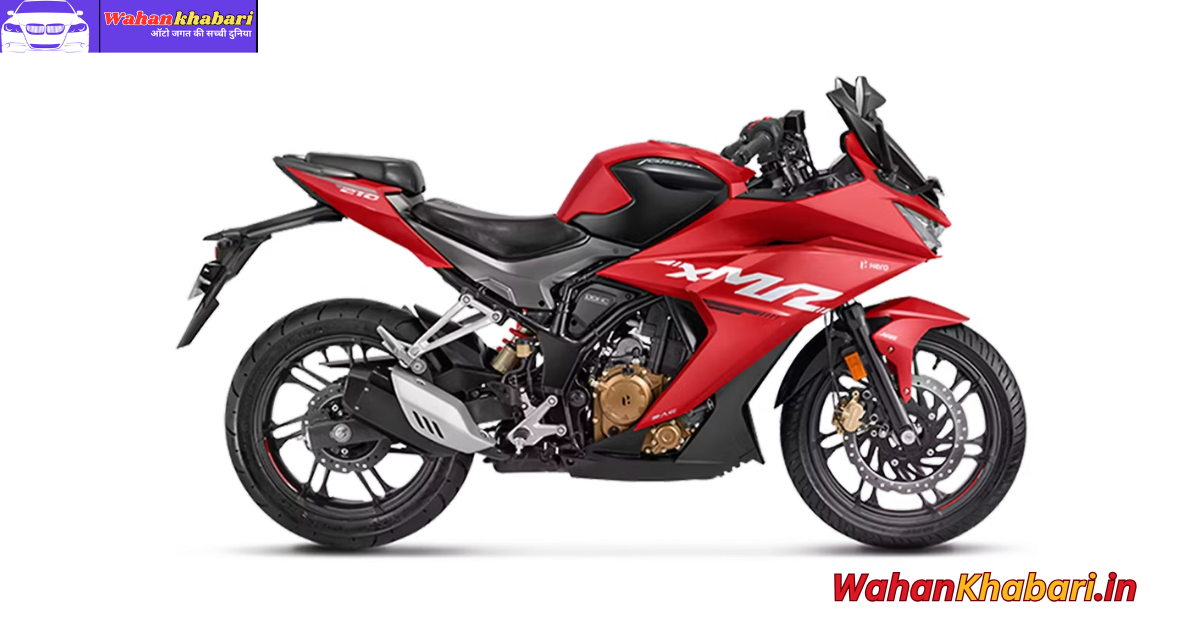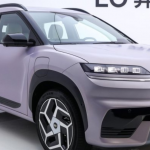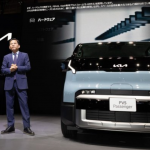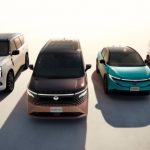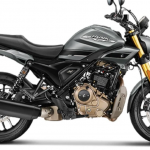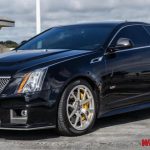On 23 July 2025, Hero MotoCorp quietly pulled this year’s Karizma Base variant off its official website and ceased dealer stock supplies. Now, motorcycle enthusiasts can only choose between the upgraded Top and edgy Combat trims. Let’s explore why this decision was made—and what it means for fans.
The Rise and Fall of the Base Variant
When the new-generation Karizma XMR debuted in April 2025, Hero offered three trims: Base (telescopic forks, LCD console), Top (USD forks, TFT display), and a flashy Combat Edition. Priced at around ₹1.81 lakh (ex-showroom Delhi), the Base trim served as the entry point. But for a premium, semi-faired 210cc tourer, it clashed harshly with rivals like the Yamaha R15, which featured upside-down forks as standard—even in lower trims. Reviews pointed out that without the USD front forks and TFT screen, the Base variant felt incomplete.
In April, Hero enhanced the lineup by adding a 4.2‑inch TFT instrument console with Bluetooth, navigation, call/SMS alerts and introducing USD front forks on the Top and Combat trims. These upgrades bridged feature gaps and aligned with customer expectations in this segment.
Why the Base Variant Didn’t Stand a Chance
- Feature-driven market expectations Indian buyers in the 200–250cc segment are increasingly demanding. Even the Base Karizma lacked the premium hardware that had become expected: USD forks and smart TFT display. Without them, it felt like a half-finished product. The Base trim not only compromised its appeal but also painted the entire model as under-equipped.
- Disappointing sales numbers Real-world data reflects the crunch. After a promising start, Karizma XMR shipments steadily declined—from 1,874 units in March 2024 to zero in early 2025. By May–June 2025, SIAM figures show only 72 bikes sold in May and just 16 in June. A clear signal that demand for the budget-friendly Base variant (and the model overall) had evaporated.
- Sharper competition at similar prices With the entry price shifting upward to ₹1.99–2.02 lakh, the Karizma began competing directly with bikes like the Hero Xtreme 250R—₹20,000 cheaper and brimming with more power and features. Essentially, by shedding the Base variant, Hero sacrificed lower-cost entry at a time when competition in this segment was becoming more aggressive.
What the Top and Combat Trims Offer
With the Base gone, Hero has positioned the Top as the new starter model (ex-showroom ₹1.99–1.99.750 lakh) and the Combat as the flagship (₹2.01–2.02 lakh). Both variants are well-equipped:
- USD front forks: Better rigidity and sporty ride dynamics.
- 4.2″ TFT console: Smartphone connectivity, navigation, call/SMS alerts, gear and ABS info.
- Same potent 210cc liquid-cooled engine: 25.15 BHP @ 9,250 rpm and 20.4 Nm torque @ 7,250 rpm with a 6-speed slipper clutch.
- Combat-exclusive aesthetics: Grey-and-yellow livery, sportier vibe.
With these upgrades, Hero has eliminated the risk of Germaning a half-baked variant—but at the cost of affordability.
Is the Move Smart—or Short-Sighted?
✅ Pros:
- Feature uniformity: Ensures every Karizma XMR buyer gets the full premium experience—no confusion or buyer remorse.
- Sharper brand positioning: Reinforces the XMR as a serious contender in the premium 200–250cc sport-tourer league.
- Clears inventory and simplifies lineup: Less SKUs, easier production and marketing.
❌ Cons:
- Loss of affordability: The entry-level price now eclipses competitors, potentially alienating value-driven buyers.
- Stronger competition in same bracket: Rivals like Xtreme 250R and R15 offer more value at similar or lower prices.
The question is: will this trade-off pay off? With Bhakti-s levels so low (just 16 bikes in June), the gamble may have come too late.
Customer Sentiment & Market Reception
Reddit discussions and owner feedback point to deeper issues: many riders feel Hero lacks premium showroom experience, build consistency, and trusted R&D. A top-variant-only lineup doesn’t solve problems of service, gaps in gearbox feel, or lingering brand trust—especially when competitors deliver stronger engines and better ecosystem.
However, XMR still has its charm: trellis-style frame, touring ergonomics, and crisp styling still resonate with those seeking a premium sport-tourer that’s more than just a commuter.
Looking Ahead: Does XMR Have Future?
Despite the trimming of variants, Hero isn’t quitting on Karizma. Rumors about a 250cc XMR are circulating, and Hero’s success with the Xtreme 250R suggests they may be gearing up for a more powerful, value-oriented future iteration.
But with service experience and brand perception still challenges, Hero needs to go beyond hardware—by:
- Enhancing premium delivery & dealer training.
- Ensuring consistent parts availability.
- Considering price correction or adding a re-engineered entry variant—maybe beneath this ₹2 lakh threshold once more.
Final Take
Hero’s decision to discontinue the Karizma XMR Base variant feels like pruning a low-performing branch—but it also removes the only accessible entry point into the XMR range. While Top and Combat trims now offer full features to showcase what the bike truly is, the lack of affordability may keep it confined to niche enthusiasts.
For those seeking aspirational sport-touring at under ₹2 lakh, this could mark the end of the road. But for riders drawn to bold styling, touring ergonomics, and high-tech dashboards, the XMR still holds promise—especially if Hero nurtures that promise with improved customer experience and maybe, a powerful 250cc future.

Hello, my name is Muskan Kumari and I am an experienced Digital Marketer. I have been blogging for the last 3 years and I have special interest in SEO. Here I give you easy bikes and writes easy-to-understand reviews and news about the latest bikes, helping readers choose the best options.. My aim is to always provide you with accurate, new and useful information.
